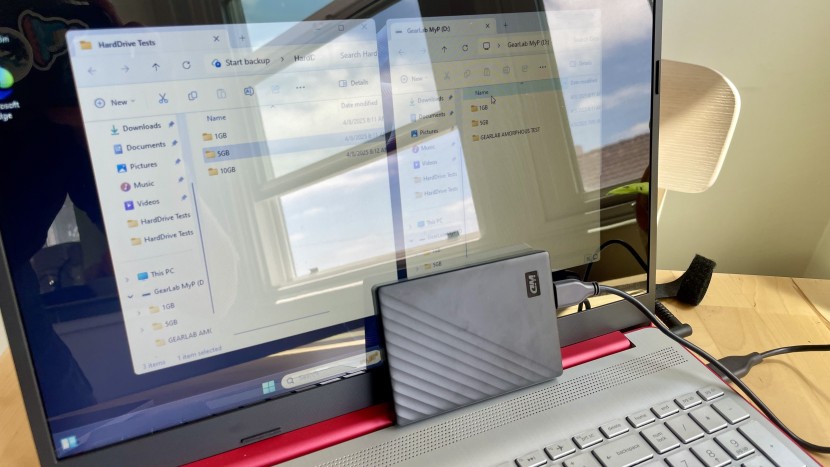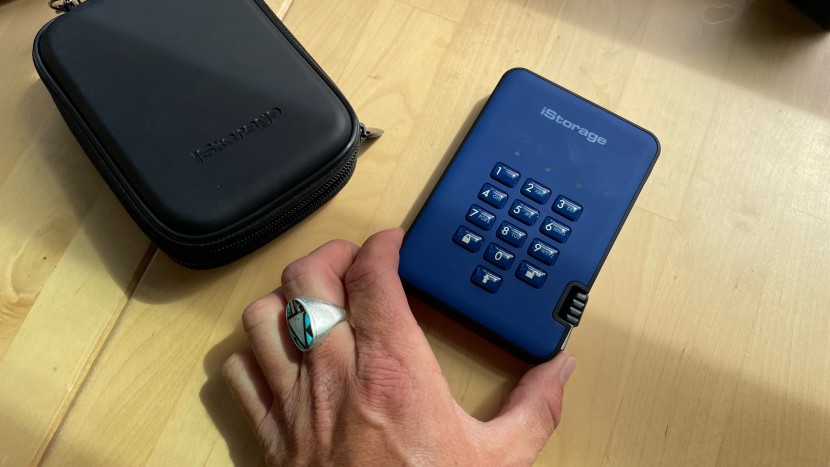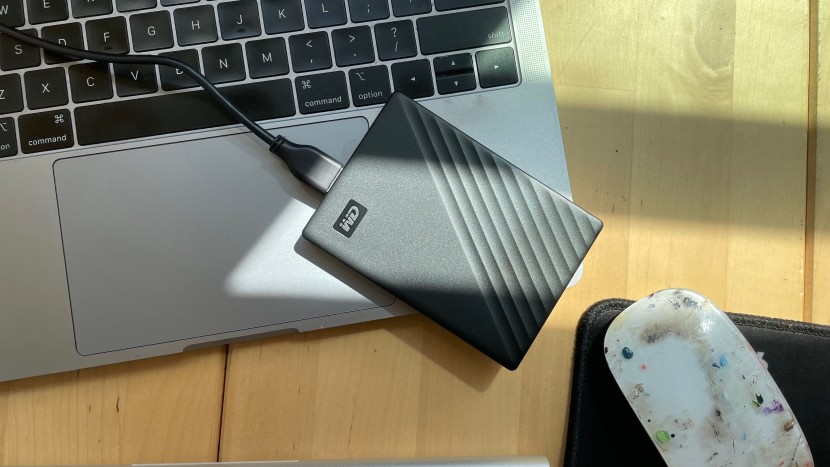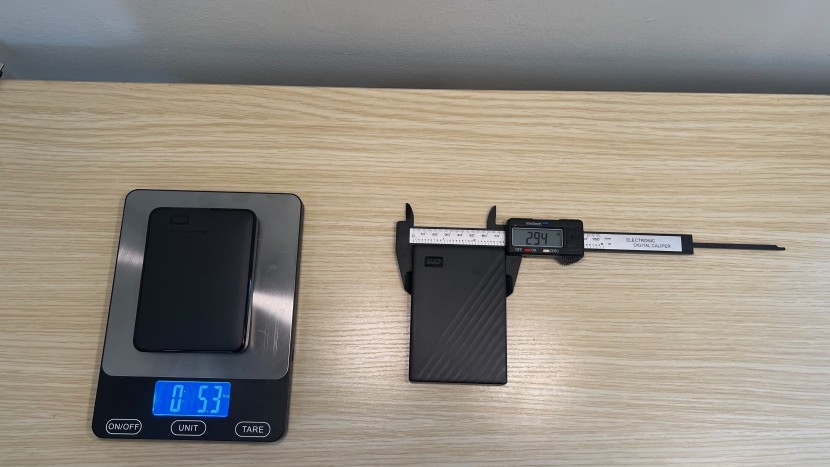Hard drives come in a variety of shapes, sizes, and materials. Even their interior electronic components can vary immensely. Before we got to transferring photos, music, and files, we meticulously scrutinized customer reviews and online forums for dozens of models. After evaluating and purchasing the best candidates for our review, we got down to business. We recorded hundreds of different data points and subjected every drive to durability tests to narrow our focus to three key metrics. Read below for a full rundown of our testing process.
Read/Write Performance
A hard drive's primary purpose is to transfer data at the highest speeds possible between devices, so we decided that read and write performance should be the primary focus of our review. To begin testing each, we first devised a series of comprehensive tests to evaluate both Optimal and actual speeds. We determined Optimal speeds by using third-party software to test the highest speeds possible on a disk drive. For Windows, we used CrystalDiskMark, and for macOS, we used AmorphousDiskMark. We used the two software programs to gather data for two types of transfers: sequential and random. We also checked speed information on USB-C and USB-A ports. Sequential tests demonstrate the drive's ability to read an entire file from point A to point B. In contrast, random tests assess their capacity to access random data points throughout an extensive database.
For each drive, we conducted three sequential speed read tests of 1GB, 4GB, and 8GB sizes, as well as three write tests of the same sizes, at a queue depth of 8 on both software platforms. With these 18 different readings, we then combined their respective results for the final average sequential read and write speeds. We then performed the same actions in a random read and write scenario at a queue depth of 64 to obtain average random read and write rates. For every hard drive, this yielded 12 final average rates in megabytes per second.
Our next portion of testing involved obtaining actual speed data. To accomplish this, we created a drag-and-drop test with three different file sizes: 1GB, 5GB, and 10 GB. We ensured that these compilations included a variety of file types to cover all bases, and then timed how long each one took to transfer from computer to hard drive. We again tested these file sizes three times and then calculated them into average speed rates. This actual speed testing provided us with a much deeper insight into how each drive performed under actual pressure and data transfer conditions.
At this point, it is worthwhile to understand the differences between solid-state drives (SSDs) and hard disk drives (HDDs). SSDs utilize flash memory and have no moving parts, resulting in faster read/write speeds and increased ruggedness during impact. HDDs are a spinning disk and moving read/write heads, which ultimately makes them slower and more susceptible to damage; however, they come at a more reasonable price point for those on a budget. After days of reviewing numbers and documenting any mishaps or occurrences during transfer, it became clear which were leaders in logging large levels of data.
Usability
In today's era of rapidly advancing technology, we strive to minimize the formatting, driver installation, and overall hassle associated with setting up a new device. That's why our team of tech testers decided our second most imperative portion of the score should come from Usability. For this section of our review, we looked at each drive directly out of the box.
We thoroughly checked and rechecked the compatibility capabilities of every hard drive across a wide range of systems, including macOS, Windows, Chrome, Android, and gaming consoles. Every drive comes with its own intended cable, so we used all the included connections, noting the type of cord and whether we needed an adapter. Our evaluation included researching the range of available storage options and poring over warranty information. We also took the time to note and utilize security features and recovery solutions to understand how well each product performs in securing sensitive information. After meticulously scrutinizing every detail that makes hard drives easier to use, we were finally able to tally final scores for each of our hand-selected portable storage devices.
Portability
In today's era of remote work and home offices, transportability can be a significant factor when purchasing a new hard drive, which is why our final chunk of scores comes from our Portability metric. Whether you take your drive to and from work or are constantly traveling for your job, this metric might hold more or less weight when it comes to your next investment. That's why we spent countless hours diving into each unit's weight, size, and safety features.
When evaluating a resilient hard drive, one of the first things we test is the manufacturer's claimed drop rating. We took every drive that can withstand impact and tested them to their stated limit, from several feet to several meters. Afterward, we plugged them in and noted whether they worked similarly to before. Next, we performed similar stress tests on all drives that claimed water resistance by flooding each unit in fresh water for 3 minutes, again testing afterward for consistent performance. We also noted what type of X-ray, dust, or magnetic resistance these products had, if any. Our following portability factors included the size, weight, and volume of each hard drive, so we weighed, measured, and calculated accordingly before awarding final scores.
Conclusion
We have enjoyed exploring the world of external hard drive technology over the past several years. We wholeheartedly stand by our testing process, scores, and award winners, and we hope you do too.
On the hunt for more great electronics reviews? Check out our side-by-side analysis of home electronics. For more storage solutions, consider microSD cards or USB flash drives.









